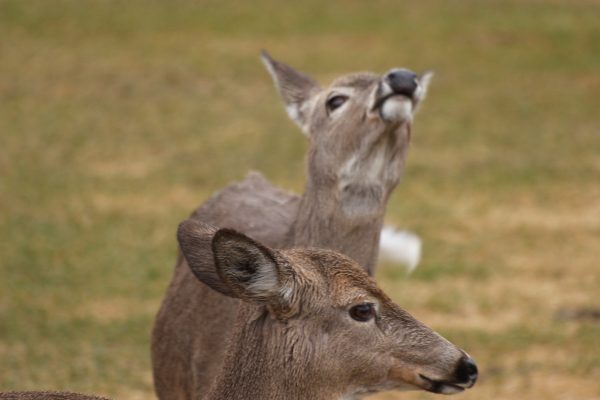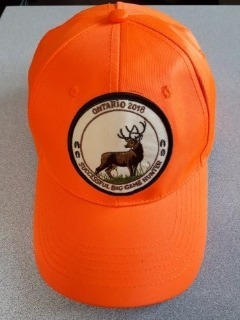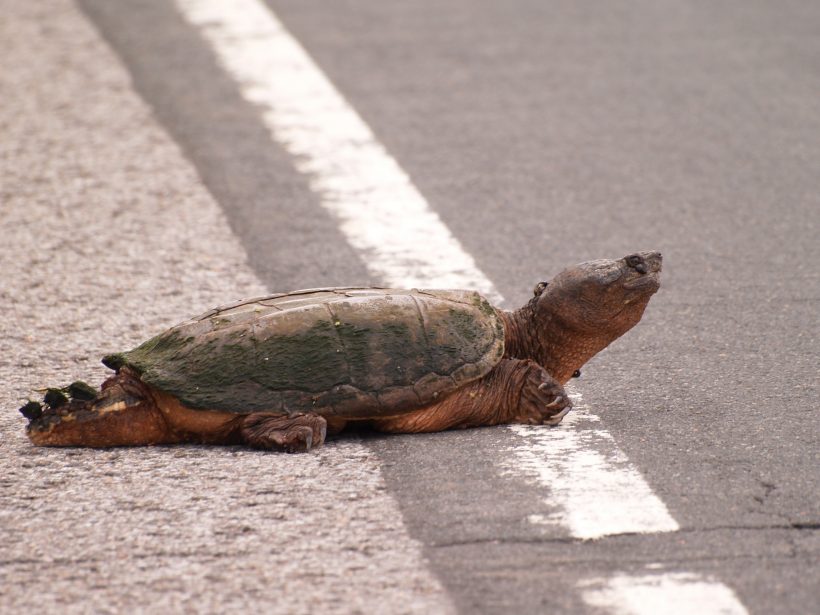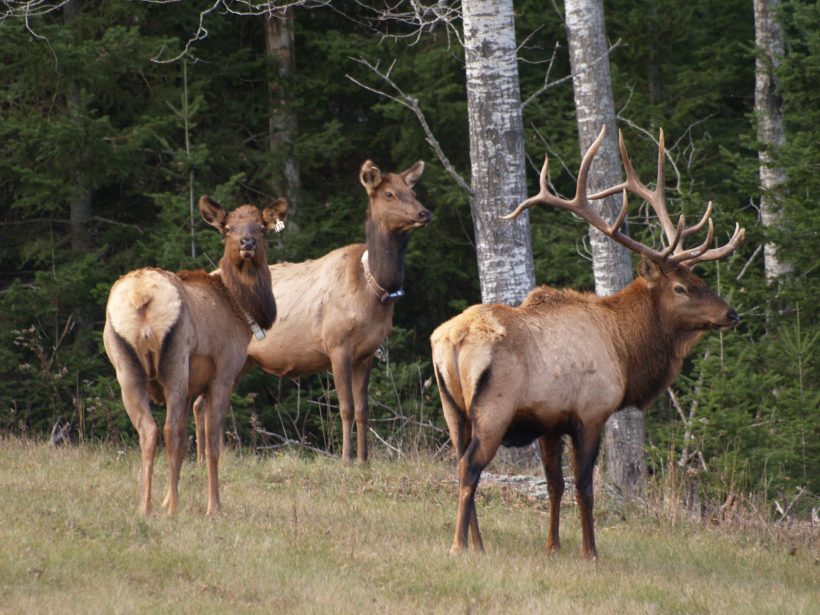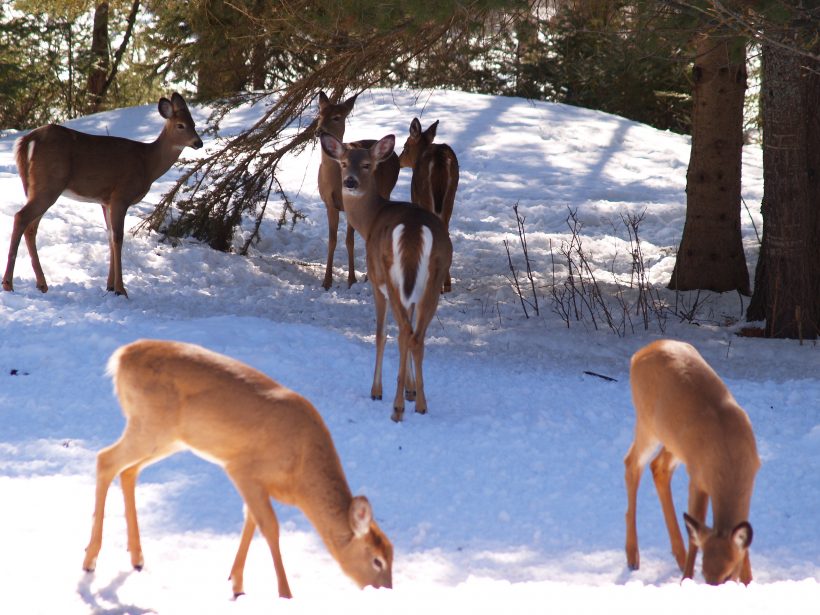LOONS DECREASE Researchers are saying that the loons’ reproductive success has declined since the 1960s and that decrease correlates directly with the quality of water in the Great Lakes. “Loons are really good indicators of the health of the aquatic ecosystem,” said Kristin Bianchini, a researcher at Birds Canada and Acadia University, Wolfville, Nova Scotia. […]
Month: December 2020
DECEMBER DIGEST 2020
PROJECT FEEDER WATCH T’is that time of year once again when you can enjoy watching the birds at your feeders while remaining in the warmth of your home; perhaps with a cup of hot cocoa? By joining Project Feeder Watch you can assist the folks at Birds Canada and the Cornell Lab of Ornithology […]
NOVEMBER DIGEST 2020
HATS FOR HIDES Here we go again. Sounds like a song. In 1974 the then Ministry of Natural Resources began the Hats For Hides initiative that encouraged hunters to donate harvested hides for use by indigenous craft folk. In exchange for the hides hunters received hunter orange hats and crests. It helped keep hides out […]
NOVEMBER DIGEST 2020
LET THEM EAT DIRT Recent research from the Algonquin Wildlife Research Station (AWRS) tells us that Painted and Snapping turtle hatchlings were found eating, intentionally it would appear, a lot of their nesting substrate, including sand and vermiculite. Geophagy – the consumption of hard objects with no caloric value – is widespread in the animal […]
NOVEMBER DIGEST 2020
MANDATORY HUNTER REPORTING Introduced in 2019 mandatory hunter reporting is employed by the MNRF to assist in managing Ontario’s wildlife. The data helps to monitor wildlife populations, to set tag quotas and determine the availability of additional tags, adjust seasons, bag limits and develop management policies. Any hunter who bought or was issued a tag […]
NOVEMBER DIGEST 2020
RABID DEER? American articles about deer suffering from rabies inspired a query to the MNRF concerning deer in Ontario. Here is what I learned. The most common rabies vector species in Ontario are raccoons, skunks, foxes and bats. Although rabies in white-tailed deer is rare, any mammal can be infected with the disease, including humans, […]
NOVEMBER DIGEST 2020
SMELLY SOCKS In 2012 scientists started a study of silver nanoparticles in the water at the federal Experimental Lakes Area of Ontario. In 2013 there was a delay as the existence of this facility was uncertain. However, with the decision to continue the ELA the study also continued. Silver nanoparticles are used in some socks, […]
